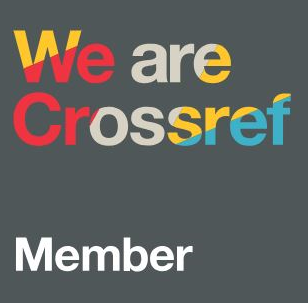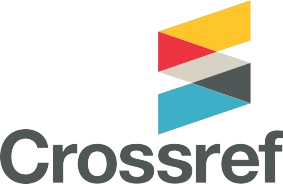USE OF SOME FUNGICIDES IN THE MANAGEMENT OF INFECTION LEVELS OF BLAST ON RICE VARIETIES PLANTED AT DIFFERENT DATES ON YIELD
DOI:
https://doi.org/10.62103/unilak.eajst.5.5.78Keywords:
AUNDPC, Field trial, Rice blast, Pyricularia grisea, Susceptibility, ResistanceAbstract
Separate assessments were carried out to determine the effects of fungicide usage, varieties and
planting date, on rice blast disease, caused by Pyricularia grisea (Cooke) sacc, [= Magnaporthe
grisea (Hebert) Barr] in the hydromorphic upland site, Badeggi Niger State Nigeria. The four rice
varieties were Faros 53, 54, 55, and 56. The results showed that Faro 55 was moderately resistant
to leaf and neck blast, with the lowest percentage unfilled grains per panicle. Faro 53 reacted
moderately susceptible to neck blast. Faro 54 was moderately susceptible to leaf and neck blast,
while Faro 56 showed a highly susceptible reaction to both leaf and neck blast, and a 31% plants
population death due to the blast disease. With respect to planning dates (May 16, June 4 and
July 22), plants sown in June had the highest leaf blast severity, neck blast incidence, and the
lowest yield. Seven fungicides (four are recommended for use in rice in Nigeria : flusilazol,
difenoconazole, difenokonazole+propikonazole, and carbendazim (6.2%) + mancozeb (73..8%)
and three generally used ones (menefoxam (4%0 + mancozeb (64%), chlorothalonyl, and
metalaxyl ) which were evaluated against the rice blast disease, showed that the recommended
fungicides for use in rice, were more effective in suppressing blast and protecting yield, compared
to the other fungicides.








